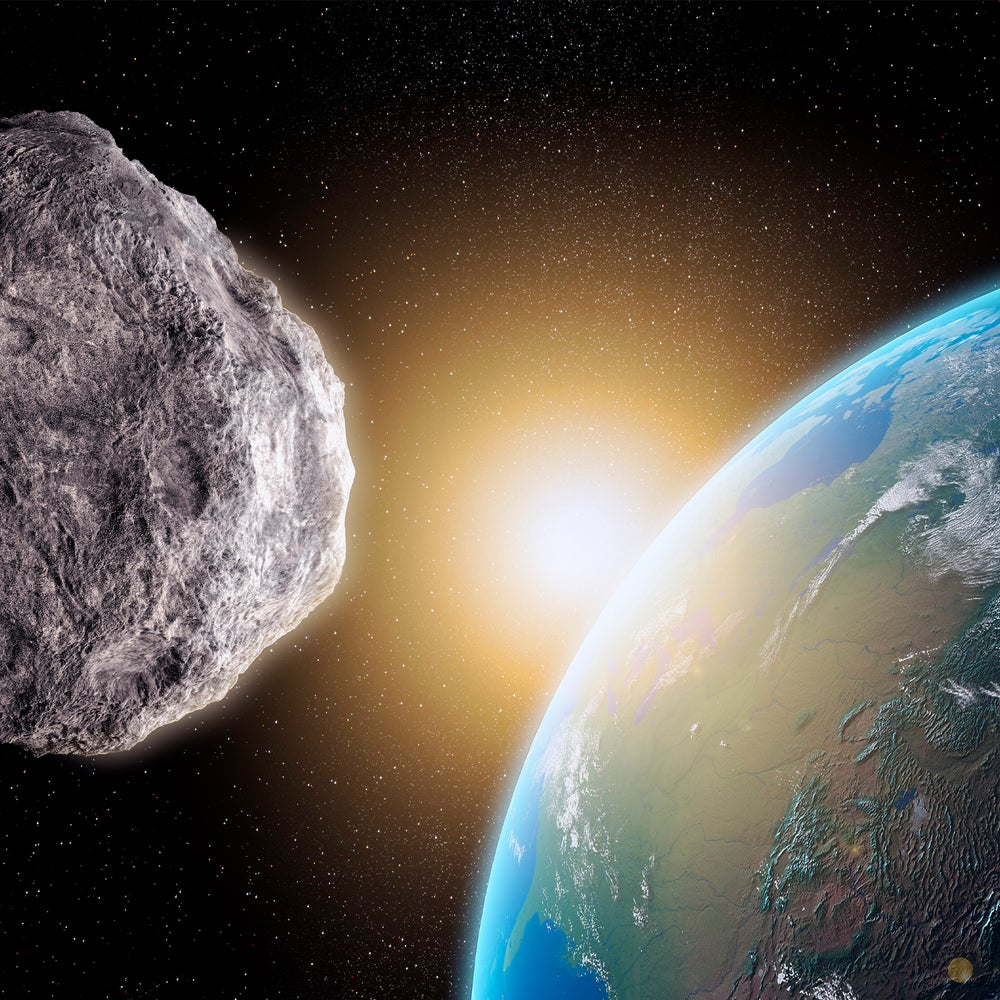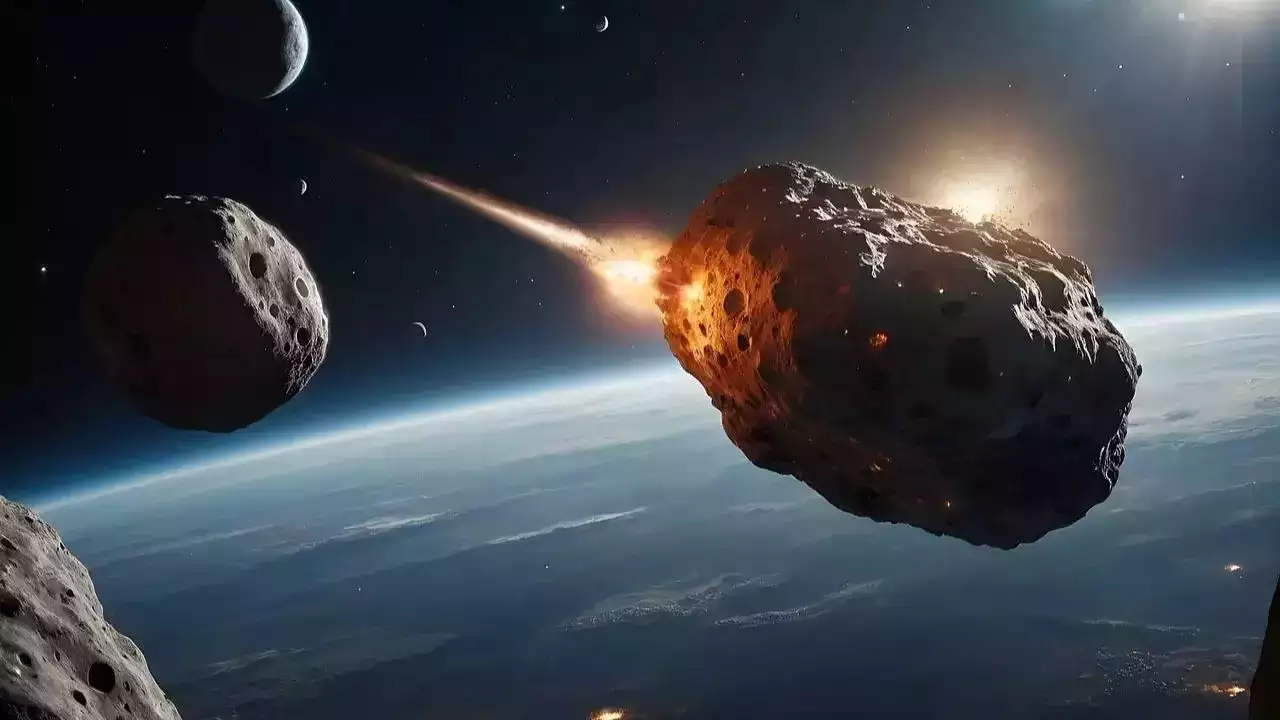Is humanity prepared to face an asteroid with a 72% chance of hitting Earth in 14 years? Scientists and experts suggest there is still significant work to be done.
NASA’s Drill to Examine Earth’s Preparedness
When NASA presented a hypothetical scenario, created by the Planetary Defense Coordination Office, to nearly 100 government representatives, they identified several critical “high-level gaps” in the plan to combat an approaching asteroid. According to a NASA slide presentation, space officials have “limited readiness to quickly implement needed space missions,” and the methods for keeping the public informed about a potential disaster are not fully developed.

Of the participants, including representatives from federal agencies like the State Department and international bodies like the U.N.’s Office for Outer Space Affairs, 33% believed humanity was not prepared to launch a space mission to prevent an asteroid impact. Additionally, 19% said “reconnaissance missions” were not ready. Kelly Fast, NASA’s acting planetary defense officer, emphasized that the exercise helped government agencies plan how to collaborate in preparing for a future asteroid strike.
Current Preparedness and Identified Gaps
The exercise, designed to test governmental readiness for an asteroid heading towards Earth, was organized by NASA and the Federal Emergency Management Agency (FEMA) at an April meeting at the Johns Hopkins Applied Physics Laboratory in Laurel, Maryland. This event marked the fifth test to evaluate authorities’ preparedness to defend Earth from space threats. It was also the first exercise to include “international collaborators on planetary defense.”
In the hypothetical scenario, an asteroid would collide with Earth in 2038, with a 47% chance of affecting more than 1,000 people and an 8% chance of impacting over a million. Possible impact zones included cities across the U.S., Europe, and Africa, such as Washington, Dallas, Madrid, and Algiers.
Participants were not informed about “the asteroid’s size, composition, and long-term trajectory” during the exercise. Further observations would hypothetically be delayed by at least seven months as the asteroid passed behind the Sun, resulting in a critical loss of preparation time. Despite having years to prepare, agencies would still need to work efficiently to respond to an approaching asteroid. Fast highlighted that planning and executing a space mission requires substantial time. “Even though 14 years sounds like a long time, it actually might not be when you think of developing missions,” she said.
Testing and International Collaboration
The only tested method to deflect an asteroid is “kinetic impact,” or crashing a spacecraft into the asteroid to change its trajectory. In 2022, NASA successfully tested this method by crashing a spacecraft into Dimorphos, a small moonlet orbiting the asteroid Didymos, 6.8 million miles from Earth, shortening its orbit by 32 minutes. Fast noted that mission specifics would depend on the asteroid’s characteristics. “A single kinetic impactor might work for a smaller asteroid but not for something much larger,” she said.
Challenges and Recommendations
The presentation highlighted skepticism among participants about securing sufficient federal funding to address the threat. The decision-making process was described as “unclear.” Authorities also have limited ability to gather more information about the asteroid by flying a spacecraft close to it.

Moreover, coordinating the release of information to the public posed significant challenges. The presentation warned of potential problems with misinformation and disinformation. Despite the gaps and challenges, Fast reassured that the exercise is a positive step towards preparedness. The scenario was “a chance to explore these possibilities and our readiness, and to identify how we can do better in the future.” She concluded, “This is actually a good thing, to be talking through this.”
